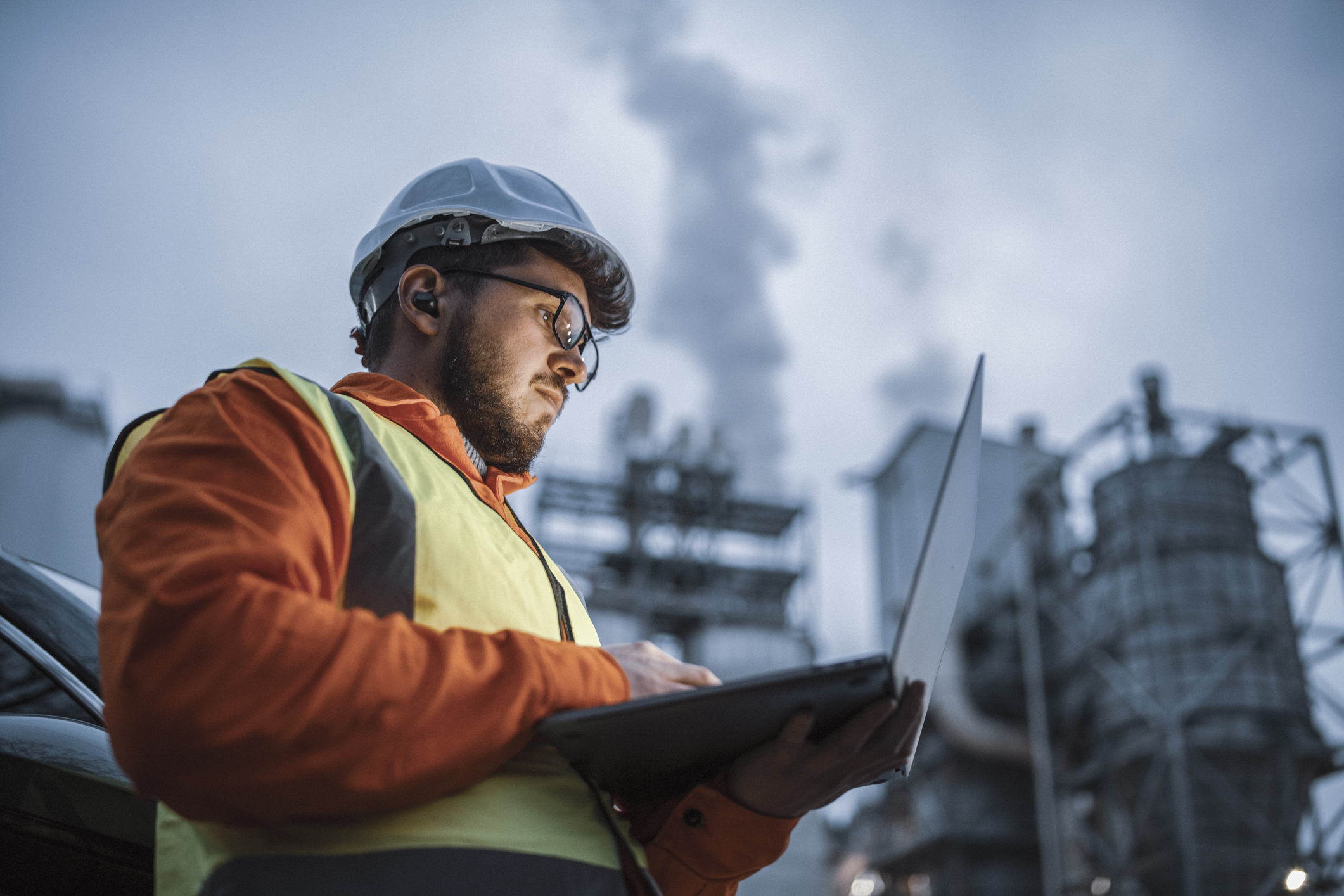The expectation of the Electricity Statement of Opportunities (ESOO) expected by the end of August 2023 is one with a little better news in the short term but overall, the expectation of shortness will remain in NSW and SA.
The 2024 contracts have taken a slight breath of relief after the previously uncertain future of the Tallawarra B gas station were thrown a lifeline, and expectations are the plant will come online in mid to late 2024 following its previous contractors collapse (Clough).
This plant will assist with the shortfall left by Liddell and will also have the ability to partially run on Hydrogen which will secure its future in a net-zero grid. Kurri-Kurri, the 750MW gas plant near Newcastle, owned by Snowy Hydro, which was originally due online this year is now unlikely to be commissioned before December 2024, and could potentially still be pushed further. It is worth noting neither of these are currently within dispatch modelling (PASA).
We are expecting from 2025 the ESOO to focus on the closure of Eraring (~25% of the NSW grid, 2,880MW) which will have all 4 units closed by late August 2025, this will not be replaced on the system and therefore the expectation is these units will remain online (or at least half of them in Edge’s view). The question is at what cost? With Eraring already being out of coal contracts and having significant Ash dam storage issues. The cost associated with keeping the station running could significantly increase the merit order bids. In this case, as dispatch is likely required, this could increase spot prices which would have an impact across the NEM.
Current RRO T-3 triggers are in place for SA Jan and Feb 2024 and Jan – March 2025 and 2026 as well as in NSW Dec 2025 – Feb 2026. This is giving strength to these contracts.
The Snowy 2.0 delay announced to the market has had a slight uptick in the later curve contracts but overall, the full effect of this is not yet known, as per the above, a lot will be reliant on the continuation of the traditional thermal generation until enough storage will be available to manage a renewable grid. This is obviously heavily reliant on the transmission being available for this also via the re-wiring the nation project and possible Transmission Access Reforms as discussed last week.
To try and bring forward generation, this year’s budget discussed the introduction of a capacity mechanism, now this has been an idea the ESB has been floating around since 2021 if not before and has gained little support outside of the large coal generators.
It is worth noting the government announced scheme for South Australia and Victoria, is not the Energy Security Board’s (ESBs) design as it is to be based on non-fossil fuel generation, however if this will be decided state by state and with QLD and NSW yet to announce their schemes, they may roll out the fossil fuel capacity bids in later years but allow them in the short term. Victoria and South Australia have declared that they will be the first two states to implement these schemes with auctions expected by the end of 2023. The South Australian market is likely to be dominated in these auctions by the big batteries under construction, Torrens Island, Tailem Bend and Blyth which will bid against the existing assets at Hornsdale, Lake Bonney and Dalrymple. The Victoria auction is likely to assist the state in meeting its ambition to close the last 3 brown coal stations by 2035 and have a grid consisting of 95% renewables, with a lot of these projects as per Queensland’s target either being owned by or providing offtake to the new government owned “state energy corporation.”
NSW is expected to do this within its Electricity Infrastructure roadmap, but this is yet to be confirmed and with Queensland announcing this week that half of the new renewable capacity within Queensland must be government owned, it is likely that any capacity scheme will heavily feature projects which are either owned by one of the GOC’s or provide the offtake to them under a PPA, as per the Budget announcement of the support for the Borumba Pumped Hydro project.
Overall investment is coming but not in time for the ESOO and the market reaction to this legislation will be seen fully in September.


